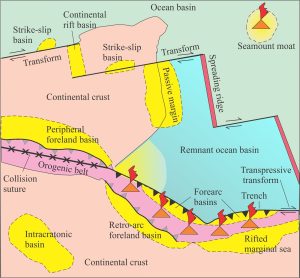
This series of posts introduces sedimentary basins. We define a sedimentary basin as a region of the crust that is subjected to prolonged subsidence. Subsidence here means generating the space to accommodate up to 10-20 km of sediment; time scales are commonly measured in 106 to 108 years. This amount of subsidence inevitably involves not just the Earth’s crust, but also the upper mantle – in other words, the lithosphere.
The contributions here emphasize the dynamics of basin formation in relation to plate tectonics, particularly plate boundaries, and the manner in which the lithosphere reacts to deformation (stress and strain), changes to its thermal architecture, the addition and subtraction of loads (specifically sedimentary, tectonic, ice, and ocean water loads), and changes to plate boundary trajectories. All of these factors will ultimately determine the shape, size and longevity of basins, and the architecture of their sediment fill.
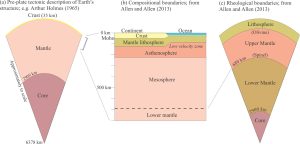
Sedimentary basins: Regions of prolonged subsidence
The rheology of the lithosphere
Isostasy: A lithospheric balancing act
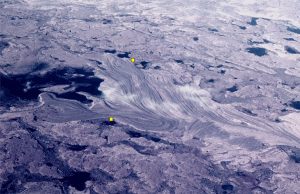
The thermal structure of the lithosphere
Classification of sedimentary basins
Stretching the lithosphere: Rift basins
Nascent conjugate, passive margins
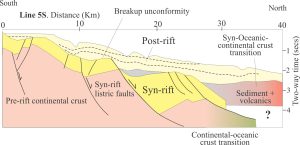
Basins formed by lithospheric flexure
Accretionary prisms and forearc basins
Basins formed by strike-slip tectonics
Allochthonous terranes – suspect and exotic
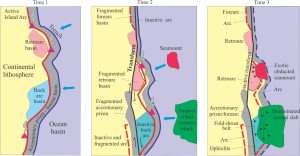
Source to sink: Sediment routing systems
Geohistory 1: Accounting for basin subsidence







